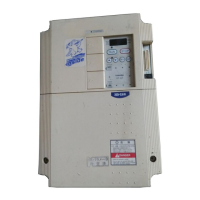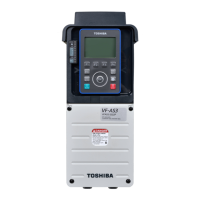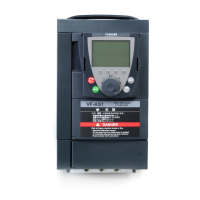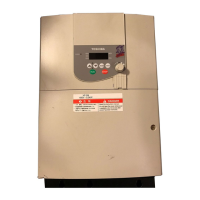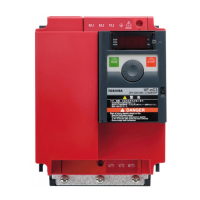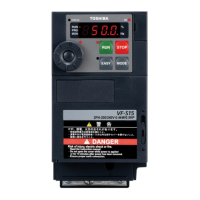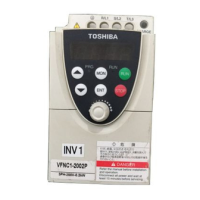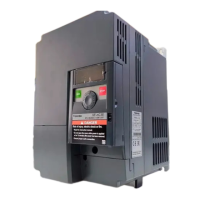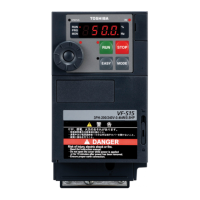,-
,-,
1_1
,-
•
,-,-
(Protection Parameters)
Dynamic
braking
operation
,-,,
,-
,-,
,-
,-,,
,-
- -
Related parameters
,-,,-,,-
,-
'
,,-
-,
-,
- - -
lPb
I Dynamic braking selection
IPb,-
I DBR resistor value
IP
b C
Pl
DBR capacity
ID
PS
SI
Overvoltage stall protection
Dynamic braking can be
selected to prevent
an
overvoltage trip during sudden deceleration or a
decelerated stop.
Pb
setting value Function
n
NoDBR
,_,
I
Dynamic braking without overload detection
I
2 Dynamic braking with overload detection
C:PSS
setting value
Function
n
ON
'-'
I
OFF I
E6580516
* Overvoltage stall protection automatically controls the deceleration rate to prevent overvoltage tripping
when the
voltage
in
the
DC
section of the inverter rises during deceleration. Note that this may cause
the deceleration time to be
longer than the set time.
*The
resistor can become extremely hot (approx.
150°C}
when dynamic braking is frequently operated,
so
take this into consideration when selecting the installation site.
Whenl
Pbl
is set to
c'
, and the standard resistor is not used (refer to Appendix Table 3
on
page 132),
the
following settings are required for braking resistor overload protection.
Pf=,,-
1.0-10000
Pb
[ P
0.01-600kW
* Select a dynamic braking resistor exceeding the min. allowable resistance value. (Refer to page 95.)
When using a nonstandard braking resistor with no temperature fuse,
install a magnetic contactor (MC)
or a non-fuse breaker (MCCB) with shunt
release
on
the inverter's power supply input,
so
that the
power circuit can be opened by the inverter's
built-in fault detection relay (FL) or
an
overload detection
device
in
series with the braking resistor.
- 82 -
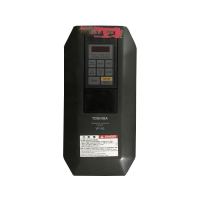
